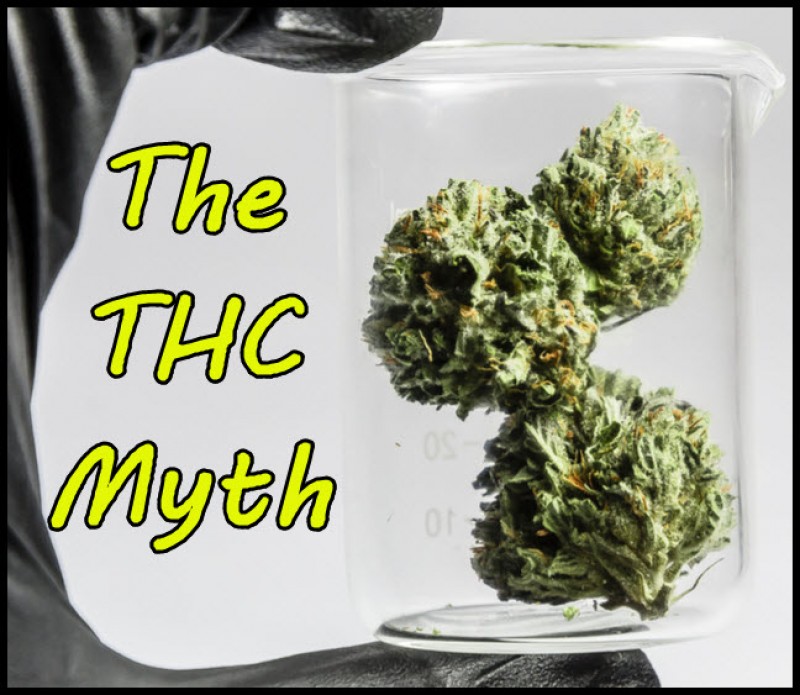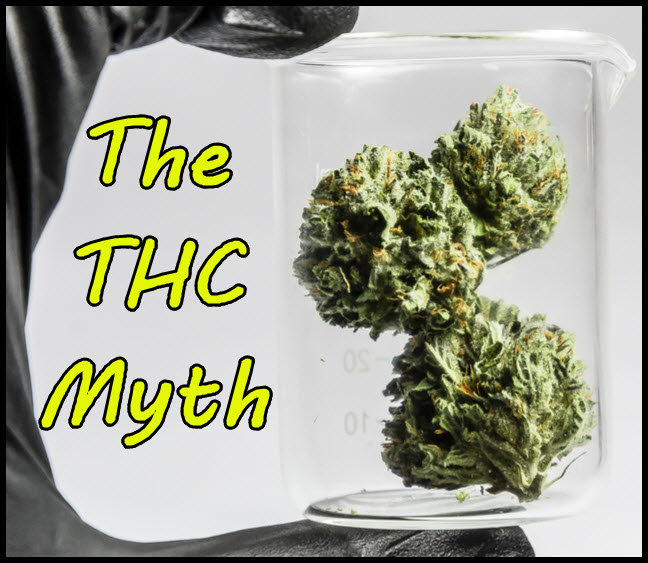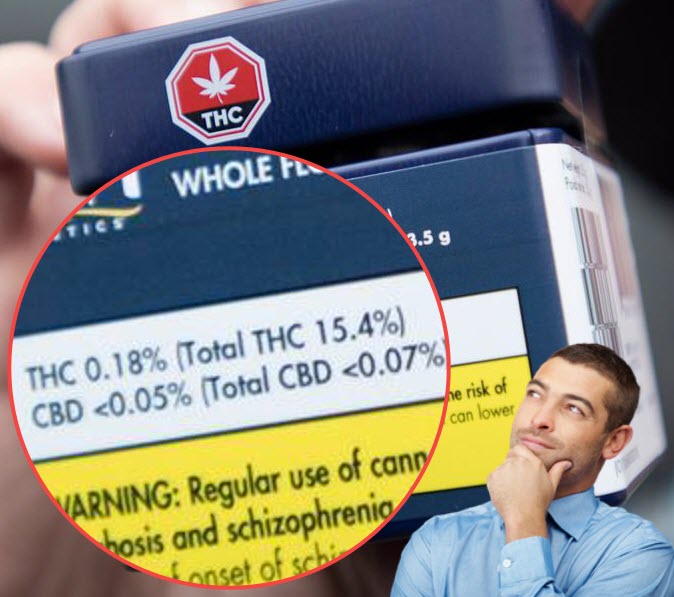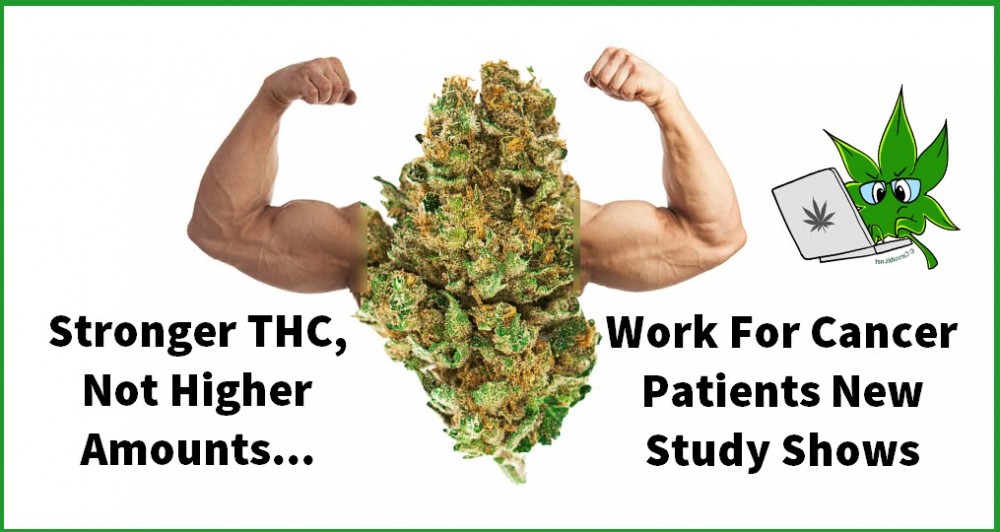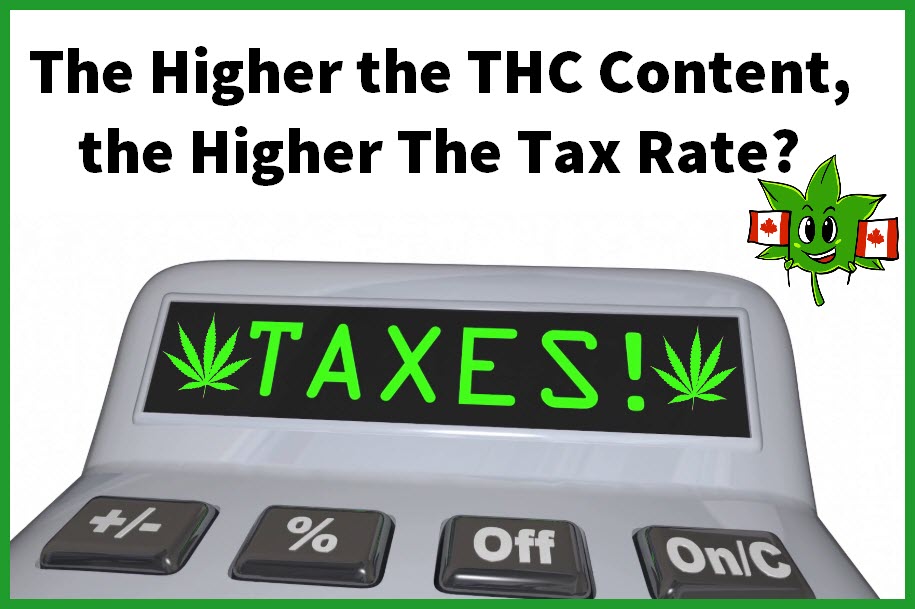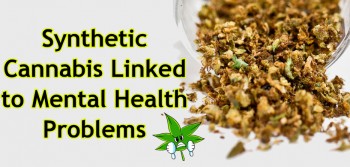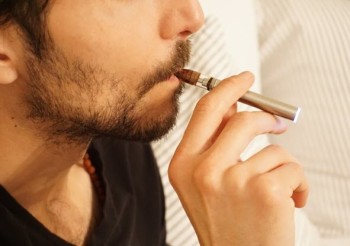How Cannabis Connoisseurs will buy weed in the near future
If you ask the average stoner what constitutes good weed – they will probably mention THC content as a deciding factor. If they could trade off any cannabinoid – THC will be the last to go.
But is THC really a good indicator that the weed is good? Cannabis growers, sellers and researchers all emphatically agree – hell no!
Wait…THC shouldn’t be the metric used to judge good weed? Why the hell are they selling higher THC at higher prices? Isn’t it supposed to get you higher?
That’s where the myth of THC comes into play. A study in the University of Colorado at the Boulder’s Institute of Cognitive Science experimented with the strength of weed on 121 participants. After each participant were given a weaker and a stronger batch – they would rate their high according to how they felt.
Interestingly – the higher THC count did very little to elevate the perceived high. In reality – both groups reported “similar levels of highness”.
Here’s a snippet from a Forbes Article that spoke about this;
“Both groups received cannabis at varying “strengths”: flower users tried cannabis flower at either 16 percent or 24 percent THC, and extract users received oil at either 70 percent or 90 percent THC. Researchers checked study participants’ blood and monitored their mood, cognitive function, and intoxication level before, immediately after, and one hour after use.”
As the researchers expected, the concentrate users had very high levels of THC in their bodies after use. But they weren’t “more high.” - Source
They said that people in the “high category” as in – high doses of THC – were far less compromised than they anticipated. In other words, even though they had measurably higher levels of THC in their systems – they were not perceivably higher or self-reporting being higher than those who smoked lower doses.
This makes the THC Breathalyzer debate about ‘what constitutes impairment’ not so straightforward as ‘having x-amount of THC in your system’.
More importantly – the fact that THC content did not show a significant difference in perceived “highness” – it shows us that we need new metrics to decide how to judge what good weed is like.
New Categories for Selecting Weed
By no means am I claiming that the following is industry standards for selecting weed – rather, it’s a suggestion to reconsider how we evaluate the weed we purchase. If THC content is not a good indicator to the experienced potency of the strain – perhaps it’s important to start looking at the myriad of other cannabinoids, terpenoids and flavonoids when making a decision.
HOWEVER, if you were to break this down into the individual cannabinoids, terpenoids, flavonoids and so forth – you’re going to make selecting very difficult for the average consumer.
How will the average Jane or Joe know that X-percent of Terpenes, mixed with different concentrations of cannabinoids and flavonoids will produce a particular effect? I would imagine that that more experienced connoisseurs would be able to break it down into these categories – however, for your average consumer we would require far simpler means of choosing.
Perhaps we can use some of the descriptors of the cannabis high to assist with labeling the experience as opposed to relying on THC percentage. This could be AI-driven where an app that has all the registered strains available for “Post-Toke Rating”. Perhaps, you rate 100 or 1000 strains and you earn points to spend in dispensaries. If someone does this – at least give me a shout out from your yacht!
The AI takes all of the data points and then streamlines the experience-profile to all the display cases where a particular strain is sold. Some of the metrics may include:
AI DATA POINTS FROM 1-10
Body High
Cerebral High
Cotton Mouth
Munchies
Smell
Onset
Taste
Perceived Strength
Perhaps the combination of these categories could create some sort of “Bud Score” for Potency, Flavor & Enjoy-ability.
Similarly – medical categories could also be designed in this fashion where the total patient population could crowdsource the overall experience. Some might say that this is the function of websites like Leafly – however, Leafly still places a significant focus on THC levels as the main indicator of quality. They do have a more robust flavor and effects breakdown which is very good to help select the strain – however, it still doesn’t give you a clear indication about “how good” the strain is.
Ultimately – it will be the personal user experience that determines how good or bad a strain is – but in the near future, we will re-work the labeling system and create a new way of judging the strains. I’m not 100% sure how that will look like – but hopefully this article helped spark some ideas in the heads of a few growers around the world.
I strongly believe though that AI will play a significant role in helping people select strains in the future.
WHAT DOES HIGHER THC MEAN? READ MORE...
HIGHER TCH LEVELS DON'T LEAD TO A STRONG HIGH, READ THIS!
OR...
IS MORE THC OR STRONGER THC BETTER FOR YOUR HIGH?

